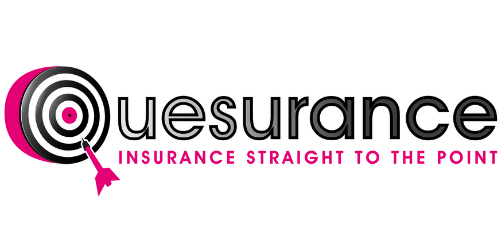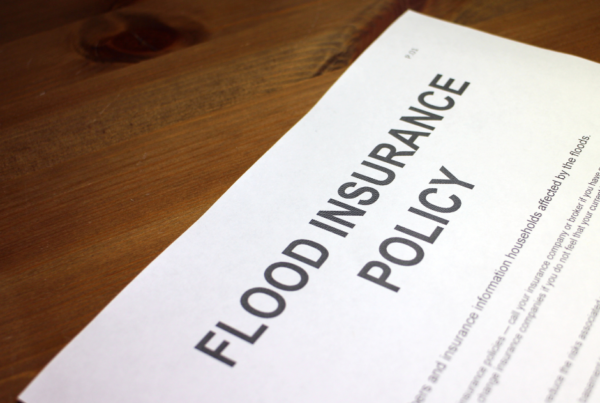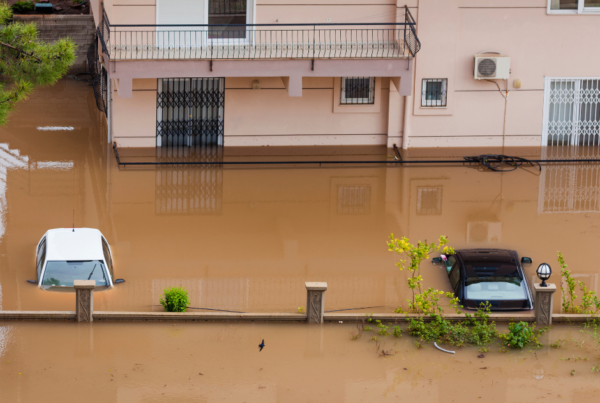
The expression “flood” is regularly used to allude to a water hazard. Floods are explicit meteorological peculiarities, and flood insurance is intended to cover a particular arrangement of circumstances.
Floods are welcomed by outrageous atmospheric conditions, for example, delayed times of weighty downpour, storm floods, and spilling over water bodies, are covered by flood protection. While alluding to different kinds of water harm, for example, burst lines and water reinforcement, numerous householders will utilize the expression “flood.” It isn’t a flood in the event that a sump siphon separates because of weighty precipitation and water wrecks into your cellar. Contingent upon the kind of inclusion you have, your property holder’s protection might give repayment to harm welcomed on by these events.
To comprehend what flood protection covers, you want to know three things first:
You should initially know about these three realities to fathom what flood protection covers:
- Flood harm isn’t, by any stretch of the imagination, covered by the average mortgage holder’s protection. Protection will cover some downpour-related harm, yet it will not safeguard you if rising streams, waterways, lakes, and seas swamp your home with water.
- The National Flood Insurance Program is where a great many people purchase their flood protection (NFIP). It is a program subject to unofficial law and has two strategies:
One that stretches out inclusion up to $250,000 for your genuine home
One that settles up to $100,000 for your own assets
One or both can be bought.
- You could have to buy it. Your bank will expect you to get a strategy on the off chance that you’re getting a home loan on a home situated in a high-risk region, otherwise called a Special Hazard Flood Area, to fit the bill for the credit. Ensure your town enlists in the public flood program prior to buying inclusion. Since flooding happens in each state, you are presumably qualified.
What really does flood protection cover?
As per the National Flood Insurance Program (NFIP), flood protection covers:
Building inclusion
- Building inclusion. Pays for harm to things like electrical and plumbing frameworks, water radiators, heaters, establishment walls, worked in machines, and for all time introduced cupboards. You can buy inclusion for up to $250,000.
- Plumbing and electrical frameworks
- Water radiators and heaters
- Cooking ovens, coolers, and implicit apparatuses (like dishwashers)
- For all time introduced covering
- For all time, they introduced shelves, cupboards, and framing
- Window blinds
- Establishment walls, harbor frameworks, and flights of stairs
- Confined carports
- Gas tanks, well water tanks, siphons, and solar-powered energy gear
Contents coverage
- Contents inclusion. pays for harm to things like apparel, furniture, craftsmanship, shades, washers, and dryers. This inclusion is restricted to $100,000.
- Individual possessions like furnishings, electronic gear, and clothes
- Draperies
- Washer and dryer
- Versatile and window-forced air systems
- Microwave
- Rugs are excluded from building inclusion (for example, rugs are introduced over wood floors)
- Significant things like furs and unique craftsmanship (up to $2,500)
Remember that these inclusion subtleties are from the approaches presented by NFIP. A confidential flood insurance agency might have different inclusion types, including extra inclusion choices and cutoff points.
The NFIP’s items inclusion is given on a “genuine money esteem” premise, implying that you’ll get a payout in light of a gauge of what your effects are worth at the hour of the flood. For instance, say the floodwaters harm your 15-year-old chair; your strategy will pay to the point of purchasing a pre-owned chair of comparable age and quality—insufficient for a spic and span one.
You might have the option to get more extensive inclusion and higher cutoff points by buying flood protection through organizations that don’t work with the NFIP. For instance, contact Quesurance to learn more about the right amount of flood coverage for your home.




